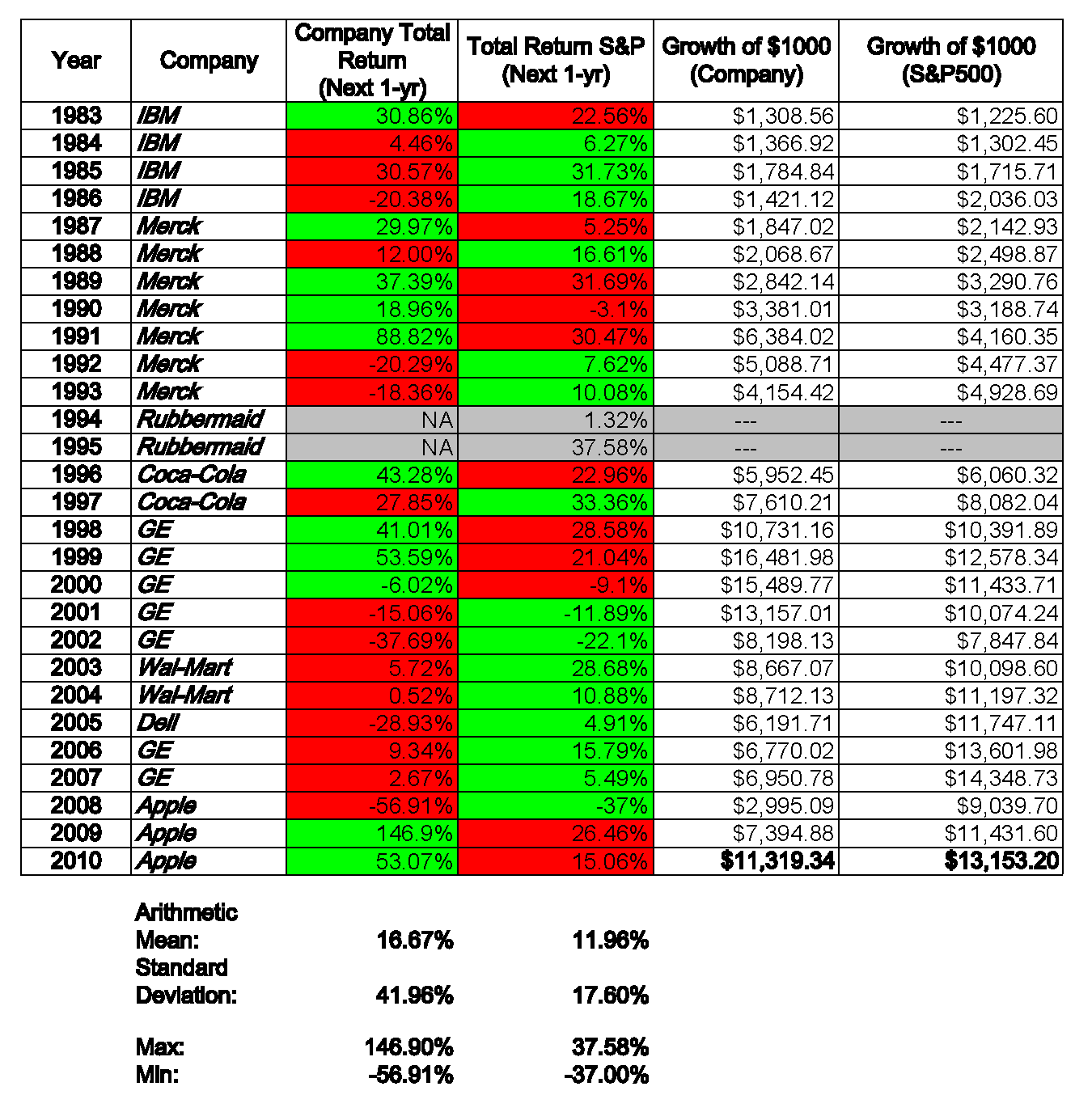An Overview of the Equity Risk Premium
Recently, I’ve been thinking a lot about the equity risk premium, and I thought it would be an interesting topic for a series of posts.
The equity risk premium is one of the most debated topics in finance, and there are a variety of opinions about how historical return data should be interpreted and about what level of stock market returns we should expect in the future.
This first post gives an overview of the equity risk premium and discusses some possible interpretations of market valuation data. My next post (Part 2) will take a closer look at the historical data on the equity risk premium. Part 3 will look at the theory behind the equity risk premium and discuss the Equity Premium Puzzle, and Part 4 will calculate some ex-ante estimates of the equity premium using several methods.
What is the Equity Risk Premium?
The equity risk premium is defined as the difference between the overall stock market’s expected return and the risk-free rate. This risk premium compensates investors for the extra risk associated with holding stocks instead of relatively safe government bonds.
When calculating the equity risk premium, not all authors use the same measure for the “risk-free rate”. Many authors use the t-bill rate as the risk free rate, but others argue that long-term government bonds are a better match for the duration of a company’s cash flows.
It is important to understand which measure of the risk-free rate is being used by a particular author. Since long-term bonds rates are generally higher than t-bill rates, authors using long-term bonds as the risk-free reference will generally give lower estimates of the equity risk premium. In this series of posts, I will use the t-bill rate as the risk-free rate. Continue reading »

